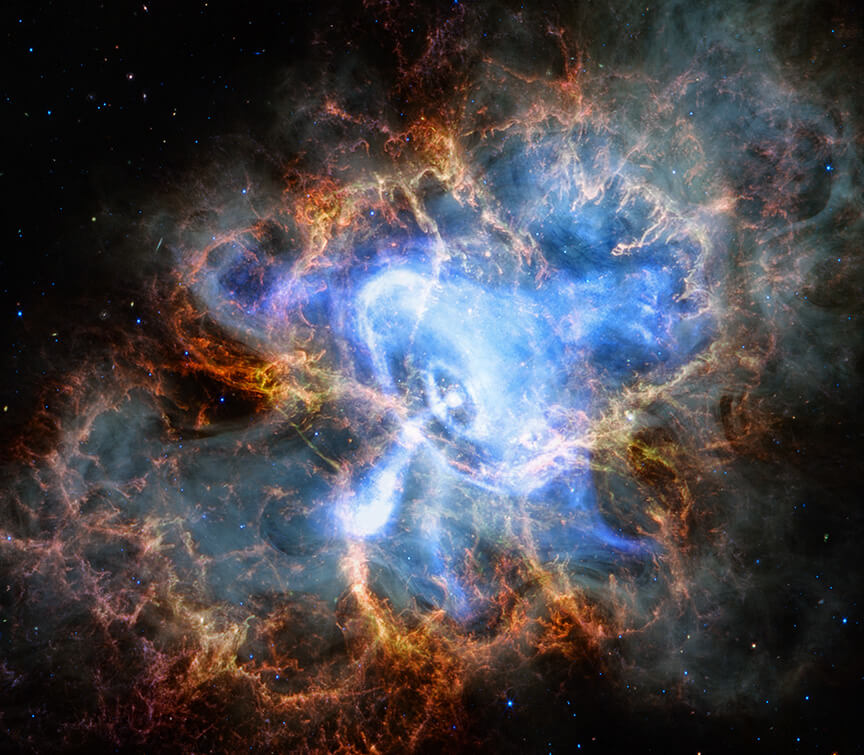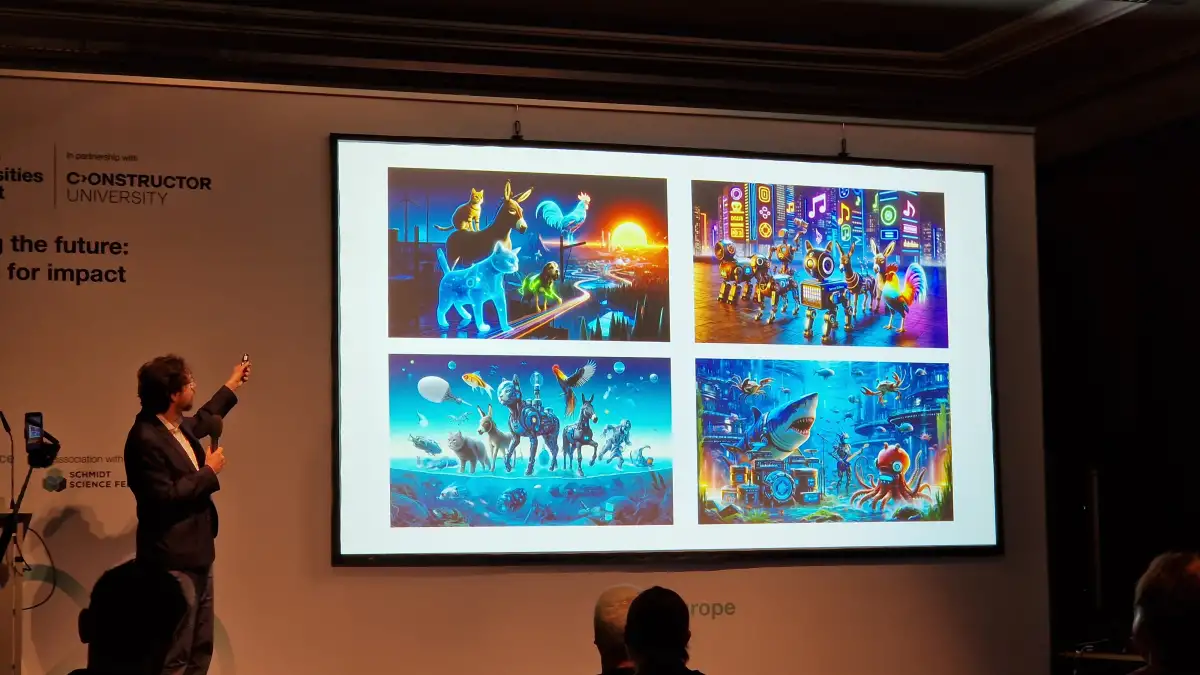(Source: sorae portal to the universe website)
source
- Image source: NASA/Ames/JPL-Caltech/T. Pile
- sorae – Is the endless daylight of exoplanet HD 63433 d a scorching world with a temperature of more than 1,200 degrees Celsius?
This was submitted by sorae in an article dated January 16, 2024.An image of the Kepler-10 star system where two exoplanets have been discoveredThe original article describes the star system HD 63433, which is similar to the Kepler-10 star system.
Stellar HD 63433 exists so farThe exoplanets named “HD 63433 b” and “HD 63433 c” have been discovered. In January 2024, the discovery of a new “HD 63433 d” was announced.
HD 63433 d is an exoplanet with a similar size to Earth. Because it orbits close to its host star (HD 63433), it is in a state of “tidal lock” in which its revolution and rotation periods are synchronized, and its day and night sides are stabilized. Since the temperature on the day side is believed to be around 1200 degrees Celsius,Only one hemisphere of the planet is covered with lava.This means it is possible.
*The black dot to the right of the star “Kepler 10” in the first image represents the exoplanet “Kepler 10b”. HD 63433 d, like Kepler 10 b, is thought to orbit close to the star.
According to the research team, the diameter of HD 63433 d is about 1.073 times the diameter of the Earth… in other words, it is approximately the same size as the Earth, and it revolves in an orbit about 0.0503 astronomical units away.
About his host. The star, HD 63433, has a period of approximately 4,209 days. Also, because it orbits close to its host star, HD 63433 d is thought to be “tidal locked,” with its revolution and rotation periods coinciding with the tidal forces of its host star. The research team discovered HD 63433 d through observational data from the National Aeronautics and Space Administration's (NASA) Exoplanet Exploration Satellite (TESS).
*One astronomical unit (au) equals about 150 million kilometres, derived from the average distance from the Sun to Earth. 0.0503 astronomical units is equivalent to about 7.55 million kilometers, or about 0.13 times the average distance from the Sun to Mercury.
When it comes to an Earth-sized exoplanet less than 100 light-years from the solar system, its habitability is a cause for concern. However, some people may have already figured this out based on the distance to the host star, but the surface temperature on the dayside of HD 63433 d, which is under tidal lock and has a continuous day, is estimated to be around 1,257 degrees. Degrees Celsius It seems that there is a possibility that half of the Earth is covered in lava.
(Adapted from the original article)
Read the original article

“Travel maven. Beer expert. Subtly charming alcohol fan. Internet junkie. Avid bacon scholar.”






![An exoplanet whose hemisphere is covered in lava[الصورة الفضائية اليوم]|](https://sorae.info/wp-content/uploads/2024/01/exoplanet-kepler10-system-NASA.jpg)
More Stories
Time lapse of the Crab Nebula and Cassiopeia A supernova remnants seen by the X-ray space telescope | Universe Gate website
The Alexa-equipped smart display “Echo Show 5” is compact but has many functions | Gizmodo Japan
OPPO smartphone with Android 14 operating system. “Functional differences” occur in some models – OPPO Lab